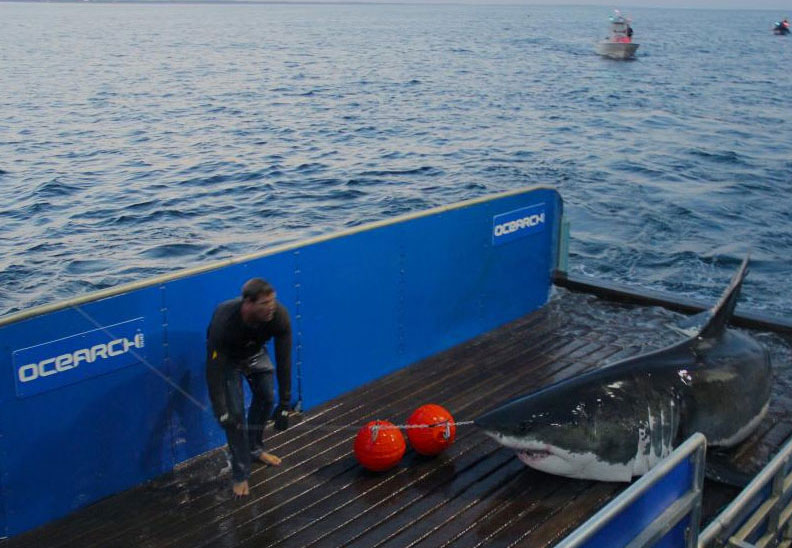
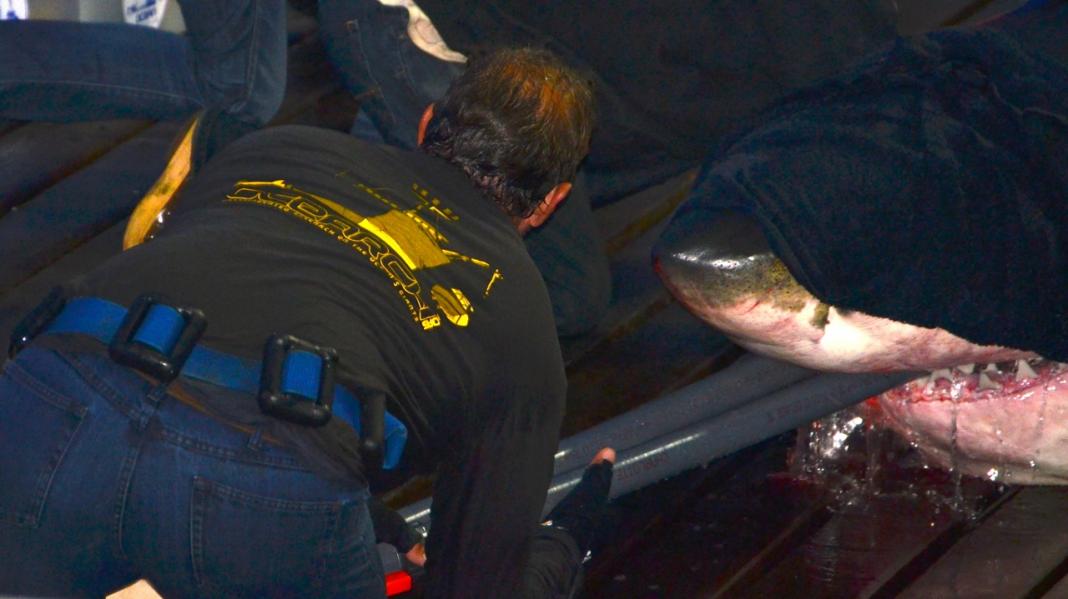
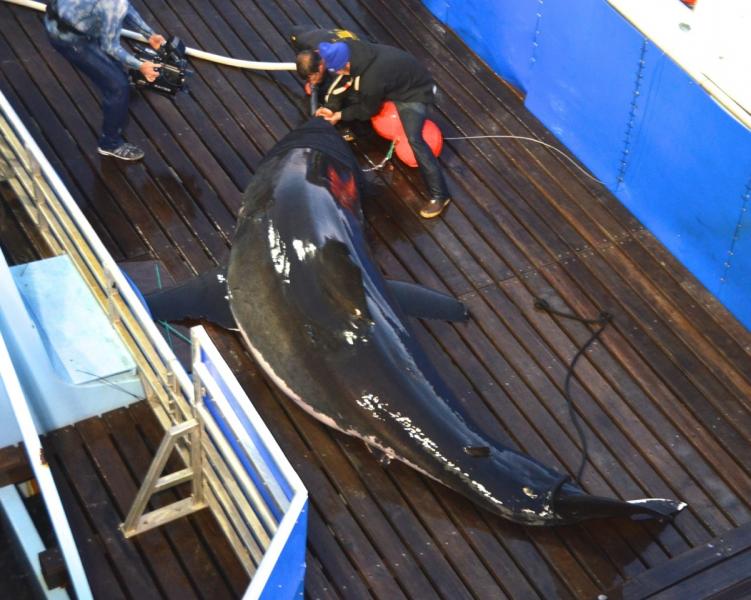
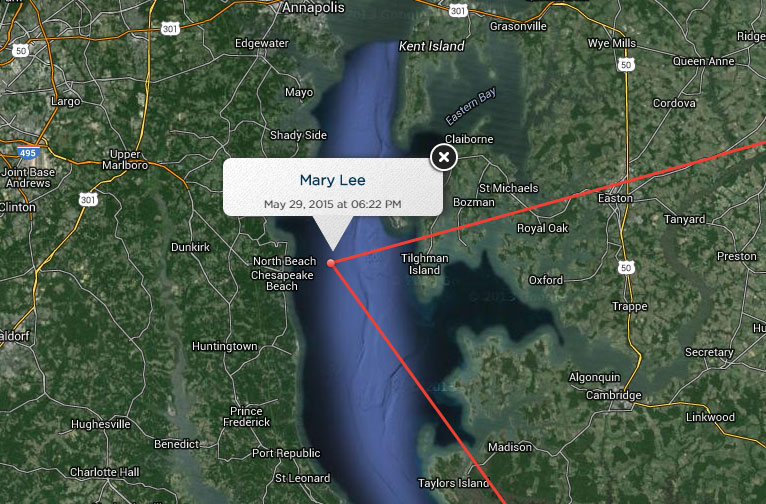
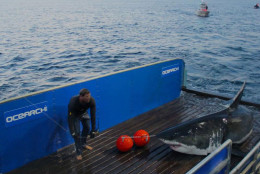
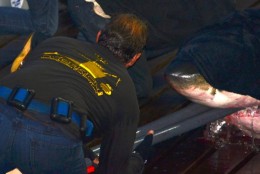
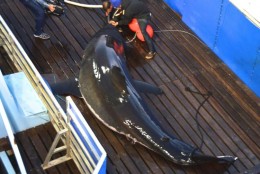
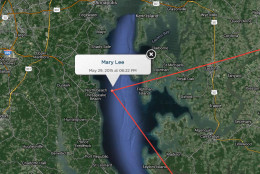
WASHINGTON — Almost 40 years to the day after the release of the film “Jaws,’ the report of a 16-foot long, 3,456-pound great white shark in the Chesapeake Bay between North Beach and Tilghman Island is bound to raise eyebrows.
Relax, it’s impossible.
Probably.
OCEARCH’s Global Shark Tracker technology, which displays the movements of tagged sharks through the nation’s waters, pinged that a shark named Mary Lee was in the Bay on May 29 at 6:22 p.m.
While great whites are often found in the Atlantic Ocean, the thought of a shark swimming almost 50 miles up the Bay strained credulity.
OCEARCH, a non-profit shark research organization, tweets it’s likely a “bad ping in the Chesapeake” resulted in its tracking software placing Mary Lee, who was tagged in Cape Cod in 2012, in the Bay.
According to the group, tags on sharks must be above the surface of the water long enough for a satellite to detect them. Interference can be caused by a variety of factors, including satellite position and the numbers of transmissions.
OCEARCH says Mary Lee was pinged four times that day in the Atlantic off the shores of Avalon, New Jersey, making it far more likely that’s where the great white was.
There are at least 12 species of sharks in the Chesapeake Bay, though few pose threats to humans.
Naturally, Mary Lee has its own Twitter account — @MaryLeeShark.








